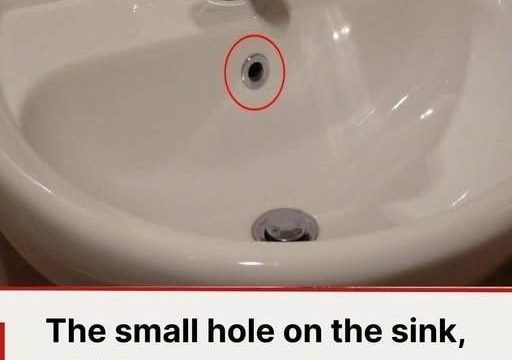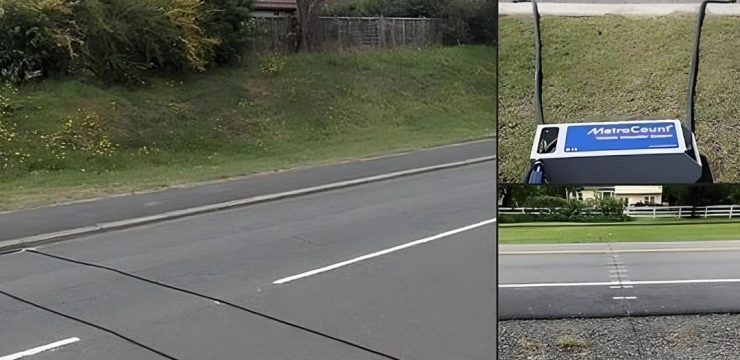Riddles have a unique way of sparking our curiosity and testing our logic, often by hiding the answer in plain sight. Today’s brain teaser is a perfect example of how a simple question can challenge us to think beyond the obvious. Here’s the riddle:
“What did the blind girl lose first? Her pencil, her ring, the letter ‘O,’ or her dog?”
At first glance, it seems like a straightforward question about misplaced items. However, as with most riddles, there’s a twist. Let’s unravel this puzzle step by step and uncover the answer.

Why This Riddle Stumps So Many
Riddles like this one are designed to misdirect. They lead us down a path of assumptions, diverting our attention from the real question. Here’s why this particular riddle is so effective:
- It Focuses on a List of Objects
The mention of a pencil, a ring, the letter “O,” and a dog tempts us to believe one of these is the answer. This distraction draws us into analyzing the sequence of items rather than questioning the premise of the riddle itself. - The Critical Clue Is Subtle
The phrase “a blind girl” isn’t just a descriptive detail—it’s the key to solving the puzzle. If you overlook it, you miss the entire point. - It Challenges Basic Assumptions
Many people assume the answer lies within the tangible objects listed. However, riddles often require us to consider abstract or implied meanings, making the solution far less obvious.
Common Pitfalls in Solving the Riddle
Let’s address some of the common mistakes people make when attempting to solve this puzzle:
- Overanalyzing the Objects
Many solvers focus on the pencil, ring, “O,” or dog, trying to construct a plausible scenario for each. This approach leads them further from the real answer. - Misinterpreting the Letter ‘O’
The inclusion of “O” is a clever red herring. Some interpret it as a zero, a shape, or a cryptic symbol. This line of thinking is a deliberate distraction. - Overlooking the Girl’s Blindness
The most critical detail—her blindness—is often ignored. Yet, it’s the foundation of the riddle and holds the key to the solution.
Breaking Down the Riddle Step by Step
Let’s work through the riddle logically:
- Understand the Premise
The riddle involves a blind girl and a list of items she’s lost: a pencil, a ring, the letter “O,” and a dog. At first glance, we’re tempted to focus on these physical objects. - Focus on the Key Detail
The girl’s blindness isn’t just a background fact—it’s central to the puzzle. If she’s blind, it implies something significant about her past. - Ignore the Red Herrings
The pencil, ring, letter “O,” and dog are included to mislead you. While they seem important, they’re irrelevant to the true answer. - Connect the Dots
If the girl is blind, her blindness is likely the first thing she “lost.” This loss precedes any tangible object mentioned in the riddle. - Verify the Solution
Revisiting the riddle with this perspective, the question asks what the blind girl lost first. The logical answer is her eyesight.
The Correct Answer: Her Eyesight
The blind girl lost her sight before any physical object. The riddle cleverly plays on our tendency to overthink the obvious while missing the subtle context.
Why Riddles Like This Are Great for Your Brain
Riddles are more than just a source of entertainment—they’re also an excellent mental workout. Here’s why solving riddles benefits you:
- Boosts Critical Thinking
Riddles challenge you to question assumptions and think analytically. They encourage you to focus on the bigger picture and spot hidden details. - Encourages Creative Problem-Solving
By requiring abstract thinking, riddles push you to explore unconventional solutions, enhancing your creativity. - Improves Attention to Detail
Solving a riddle demands careful reading and close observation, skills that can improve focus in daily life.
Tips for Tackling Tricky Riddles
If you struggle with riddles like this one, here are some strategies to sharpen your approach:
- Read Slowly and Carefully
Every word matters, so don’t rush. Look for clues hidden in the phrasing. - Look for the Twist
Riddles often have a hidden layer of meaning. Ask yourself what might be implied rather than explicitly stated. - Challenge Your Assumptions
Don’t take anything for granted. The obvious answer is often not the correct one. - Break It Down
Analyze the riddle step by step to uncover its deeper meaning.
Conclusion: The Joy of Riddles
Riddles like this one remind us that the most straightforward solutions often lie hidden in plain sight. They challenge our thinking, encourage us to question assumptions, and offer a fun mental challenge. The answer to this riddle—her eyesight—highlights the importance of considering context and avoiding distractions.
So the next time you encounter a brain teaser, embrace the challenge. Whether you solve it or not, the process of figuring it out is where the real fun lies.





